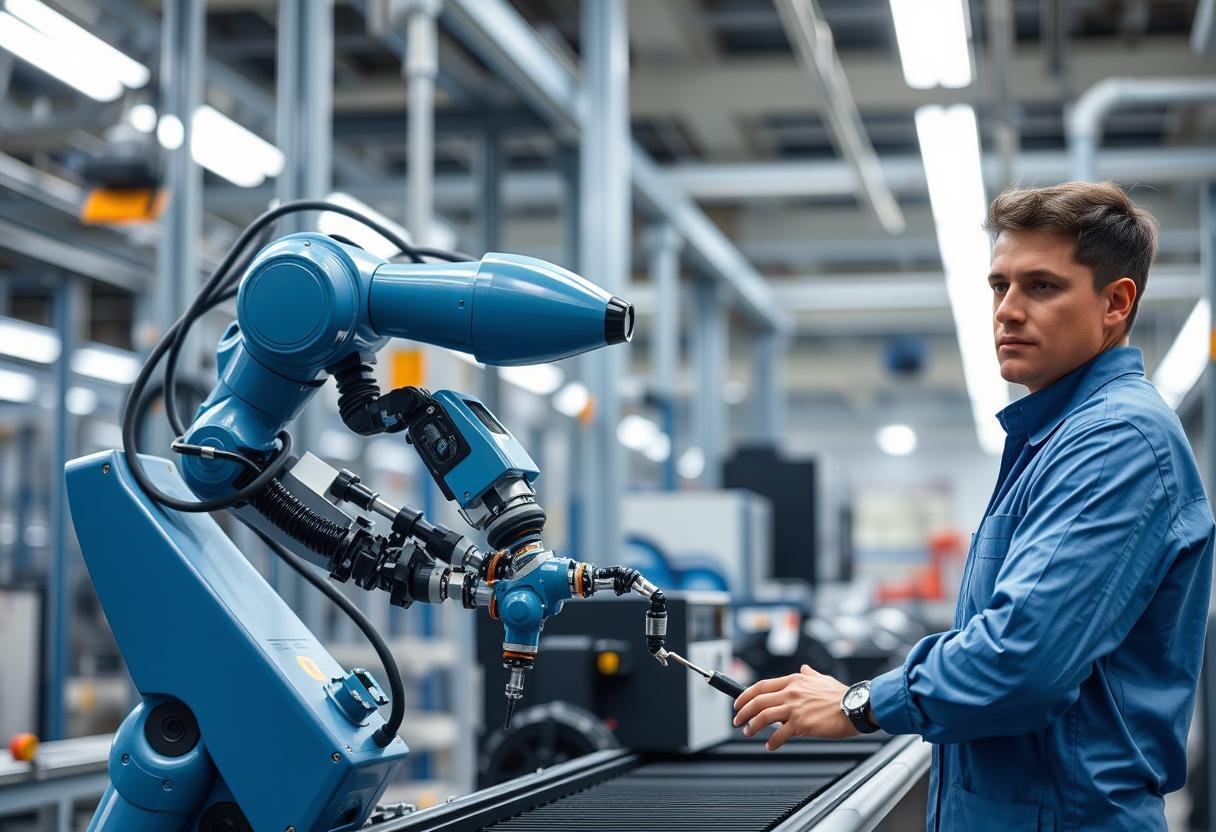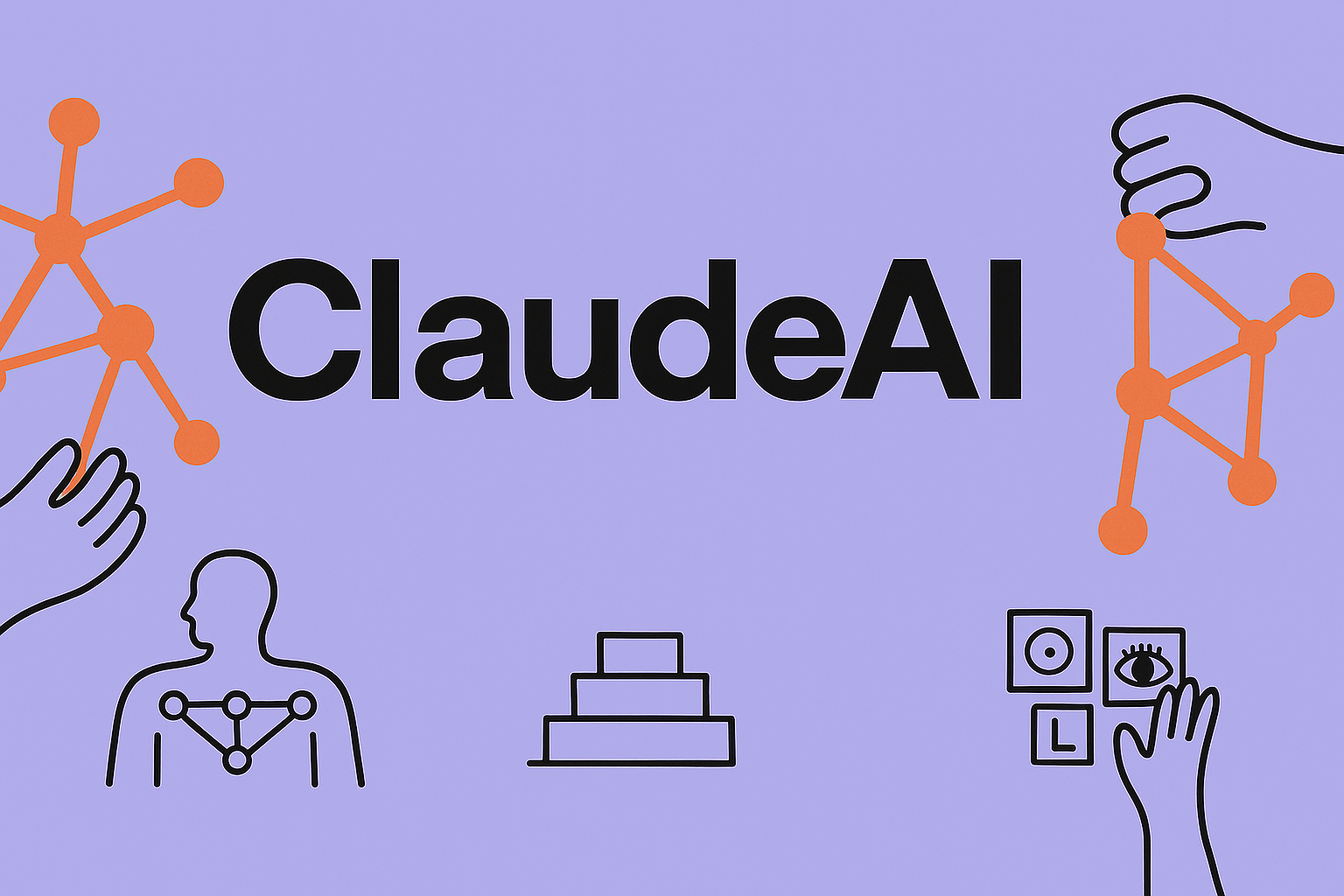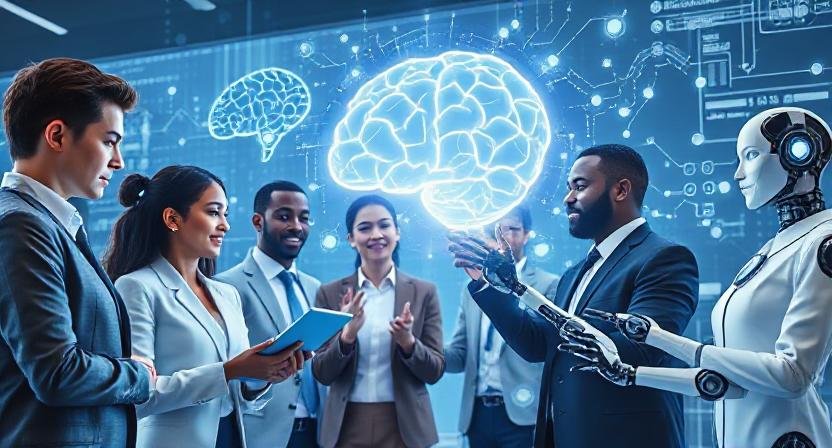The rapid acceleration of artificial intelligence is transforming industries, disrupting traditional roles, and creating a wave of concern across the global workforce. AI job losses are no longer a distant prediction—they’re becoming a present reality. As machines continue to outperform humans in routine and even complex tasks, unemployment rates could soon rise dramatically unless proper safeguards are put in place.
Table of Contents
- The Growing Impact of AI on Employment
- Industries Most Affected by AI Job Losses
- The Economic Ripple Effect of Automation
- How Businesses Are Responding
- What Workers Can Do to Adapt
- Solutions and Policy Recommendations
- Conclusion: Preparing for the Future of Work
The Growing Impact of AI on Employment
Automation and AI are introducing sweeping changes to the labor market. From manufacturing to finance, managerial tasks are increasingly handled by smart algorithms and machines. A report by McKinsey & Company projects that up to 800 million jobs could be displaced by automation globally by 2030.
This disruption is not just limited to blue-collar roles. White-collar professions, including legal support, data entry, and customer service, are also facing major upheaval. With AI job losses increasing, professionals across the board must stay vigilant and adaptable.
Industries Most Affected by AI Job Losses
1. Manufacturing and Warehousing
Already heavily automated, this sector is seeing even more advanced AI integrating operations:
- Robotic process automation (RPA) is reducing the need for manual labor.
- Smart sensors and IoT devices are enhancing productivity while replacing human oversight.
- Logistics and shipping firms are using algorithms for inventory and delivery management.
2. Transportation
Autonomous vehicles and AI-based dispatch systems are reducing dependency on drivers and human coordinators. According to Deloitte, the shift toward driverless trucking could phase out a significant number of transportation jobs.
3. Retail and Customer Service
E-commerce platforms powered by AI are streamlining everything from inventory control to personalized marketing. Brick-and-mortar stores are replacing cashiers with self-checkout systems.
- Chatbots now handle a significant portion of customer inquiries.
- AI handles customer segmentation and product recommendations.
4. Finance and Legal
Advanced algorithms can perform data analysis, fraud detection, and even legal document review at a fraction of the cost and time of a human professional. Companies like ROSS Intelligence are reinventing legal research through AI.
The Economic Ripple Effect of Automation
The implications of AI job losses extend beyond displaced workers. Widespread unemployment could put pressure on public infrastructure, increase economic inequality, and strain government benefits programs.
Key economic concerns include:
- Reduced consumer spending: Fewer people earning wages means less demand for goods and services.
- Tax base erosion: With fewer employed individuals, governments collect less income tax.
- Social disparity: Wealth increasingly consolidates among companies and individuals who own the AI technologies.
How Businesses Are Responding
Not all companies embrace automation as a full replacement for human skill. Some are balancing AI adoption with workforce investment.
- Reskilling initiatives: Firms like Amazon have invested millions in training employees for AI-centric roles.
- Hybrid models: Many industries pair AI tools with human oversight to preserve employment and improve outcomes.
- Job creation in new sectors: AI has spawned entirely new roles—such as algorithm trainers, data annotators, and AI ethicists.
This balanced approach can mitigate AI job losses and foster long-term stability.
What Workers Can Do to Adapt
1. Upskill Continually
Job insecurity in the age of AI demands a commitment to learning:
- Enroll in online courses (Coursera, edX, Udacity).
- Develop digital and data literacy.
- Focus on critical thinking and problem-solving—areas where humans still outperform machines.
2. Diversify Skillsets
Workers who adapt can move into growth areas such as:
- AI maintenance and development
- Cybersecurity
- Healthcare and wellness
- Green energy and sustainability
3. Embrace Lifelong Learning
In an AI-driven economy, career mobility depends on how fast one can acquire new competencies. Lifelong adaptability is key to avoiding risks associated with AI job losses.
Solutions and Policy Recommendations
Governments and institutions must act now to cushion the blow of AI-infused disruption.
1. Universal Basic Income (UBI)
UBI is increasingly discussed as a safety net in a world where traditional employment isn’t guaranteed. Finland’s recent UBI experiment showed promise in promoting well-being despite joblessness.
2. Incentivize Human-Centric Hiring
Policy levers like tax benefits could motivate companies to retain human workers for tasks that benefit from emotional intelligence and ethical decision-making.
3. Encourage Entrepreneurship
As traditional roles shrink, new business creation must rise. Access to capital, mentorship, and startup resources can empower displaced workers to pivot successfully.
4. Strengthening Social Safety Nets
Enhanced unemployment insurance, mental health services, and job-matching platforms will be critical in addressing wide-scale AI job losses.
Conclusion: Preparing for the Future of Work
AI job losses are not just a technological issue—they’re a societal one. By recognizing the magnitude of change AI brings, we can proactively shape a more inclusive and resilient future. Workers, businesses, and policymakers all have roles to play in redefining work in the age of machines.
It’s crucial to start the dialogue now. Share this post with your network to raise awareness, and stay engaged with future updates on this ongoing transformation.



